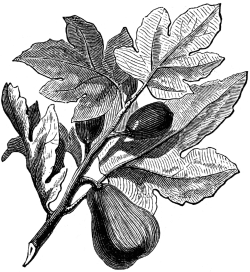Among Servant of God Catherine Doherty’s greatest legacies is her re-invention or re-imagination of the Russian custom of “poustinia.” A poustinik, or one who was called to enter into a poustinia, was someone who heard the call of God and retreated into the Russian forest to live a life of solitude and prayer in a small, sparsely furnished cabin (his “poustinia”). The poustinik would live in this cabin for the rest of his life, or until God called him out to speak the word he had learned in his poustinia. The word was not the result of study or intelligence. It was a prophetic word, the crystallized result of many, many hours of solitude.
In her spiritual masterpiece, Poustinia, Catherine describes this sparse cabin – the place where the poustinik would endure hours of loneliness and quiet, where he in some mystical way held all of humanity with him, where he encountered God in the silence:
The poustinia must be stark in its simplicity and poverty. It must contain a table and a chair. On the table there must be a bible. There should also be a pencil and some paper. In one corner are a basin and pitcher for washing up. The bed, if bed there be, should be a cot with wooden slats instead of a mattress, a couple of blankets or quilts and a pillow if absolutely necessary…. Drinking water, a loaf of bread…the makings for tea and coffee. Prominent in the poustinia is a cross without a corpus, about six feet by three feet, which is nailed to the wall, and an icon of Our Lady in the eastern corner with a vigil light in front of it. The cross without a corpus is a symbol of one’s own crucifixion on it, for those of us who love Christ passionately want to be crucified with him so as to know the joy of his resurrection.
The most striking aspect of this description (besides the lack of mattress!) is the life-sized cross that dominated the small poustinia. Catherine repeats the words of a Russian proverb: “The cross of Jesus has two sides.” One side is for Jesus. And the other side, of course, is for each one of us.
The life of the poustinik may seem unattainable and even unreal to most of us. But according to Catherine, we are all called to be poustiniks (more on this later!). For now, it is enough to ponder – have you seen the cross on the wall of your own poustinia? Do you turn away from it, or do you meditate on it? Are you willing to suffer on your side of the cross, so that you may love him passionately, and know the joy of his resurrection?
The Hope of the World by William Kurelek depicts a poustinia on the grounds of Madonna House, Combermere, Canada,




